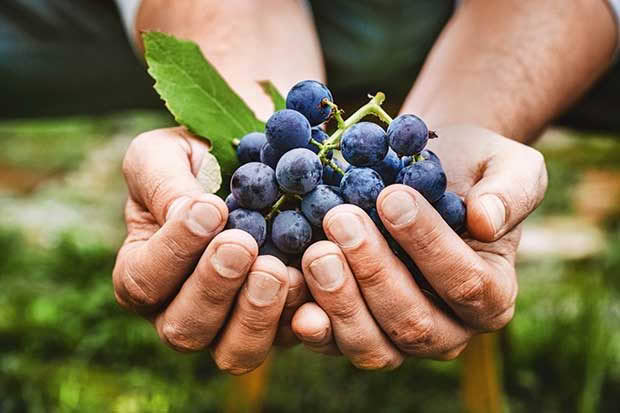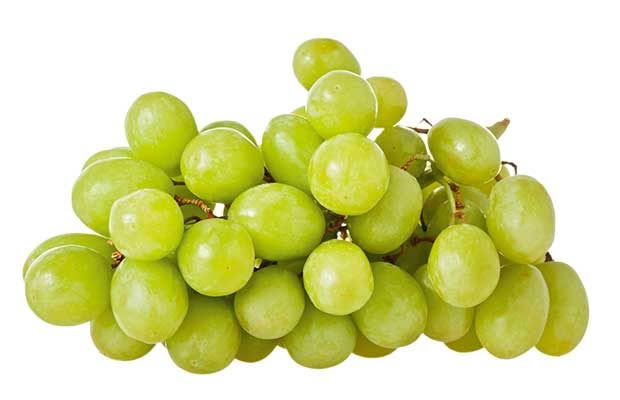9 tips for growing big, juicy grapes

Grapes are easy to grow and nothing has to go to waste.
Words: Jane Wrigglesworth
You can eat them fresh. You can use them to make preserves, raisins, verjuice and wine. The leaves can be stuffed in dolmades and similar recipes. Grapes can add life to almost any dish.
1. Vines can be planted in autumn or early winter.
2. Plant in a sunny spot in free-draining soil and provide some sort of support.
3. Ensure there is good air circulation around vines to reduce the occurrence of diseases.
4. Water regularly until the plants are established.
5. Mulch with organic matter and feed each spring with an all-purpose fertiliser.
6. In mid-summer, snip off some of the leaves around each bunch of grapes so that plenty of sun gets through to ripen the fruit. Cover the vines with netting to keep the birds out.
7. If you want larger, juicier grapes, reduce the number of bunches when they are pea-sized. You can use the culled grapes to make verjuice.
8. Wasps can be a pest later in the season, as they’re attracted to the ripening grapes. Remove any over-ripe bunches of grapes and set up a sugar trap.
Pour sugar syrup into a narrow-necked bottle. The wasps will sniff it out and crawl inside, but they won’t be able to get back out.
9. When it comes to harvesting, taste your grapes before picking. Sugar content changes throughout the harvest season and grapes don’t ripen once picked.
The warmer the climate, the higher the sugar content.
HOW TO TURN UNRIPE GRAPES INTO SOMETHING DELICIOUS
Verjuice literally means ‘green juice’ and is the juice from unripe grapes.
It was traditionally made with the unripe grapes thinned from bunches to allow the remaining grapes to grow bigger. The unripe grapes were crushed, then either yeast was added to aid fermentation, or salt to stop it.

The fermented product lasted much longer, but the unfermented product had a fresher taste. It was used frequently in medieval times, then fell out of favour.
But it came back into our pantries in the 1990s for its low acidity, sour flavouring. It’s milder than vinegar and lemon juice and can be used in dressings, marinades, mustards and sauces.
Any variety of grape can be used to make verjuice, as long as they are reasonably plump but unripe. There are four steps:
- crush the grapes in a mortar and pestle to split the skins;
- tip the grapes into a sieve, then hold the sieve over a bowl and use the back of a wooden spoon to press the grapes to extract the juice;
- pour the juice into a jar or bottle and store in the fridge where it will last for a week;
- for large amounts, pour into ice cube trays and freeze.
MORE HERE:
Love this story? Subscribe now!
 This article first appeared in NZ Lifestyle Block Magazine.
This article first appeared in NZ Lifestyle Block Magazine.
